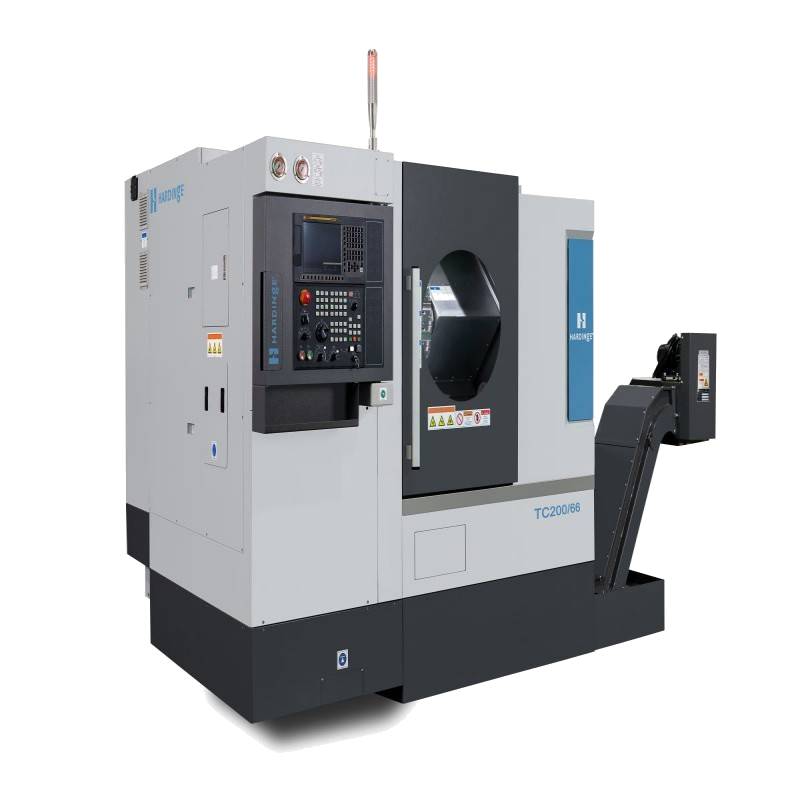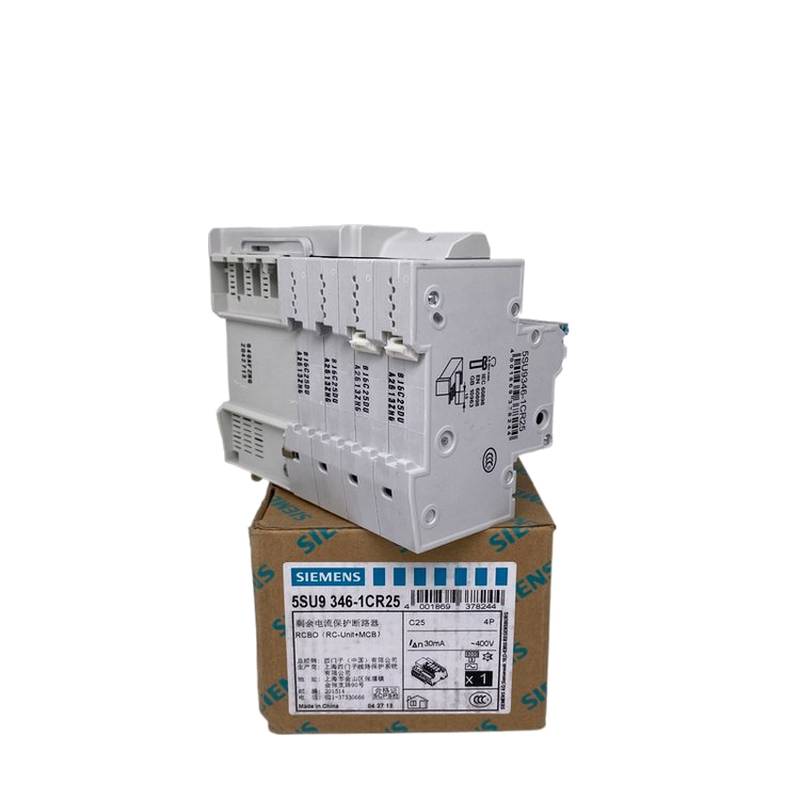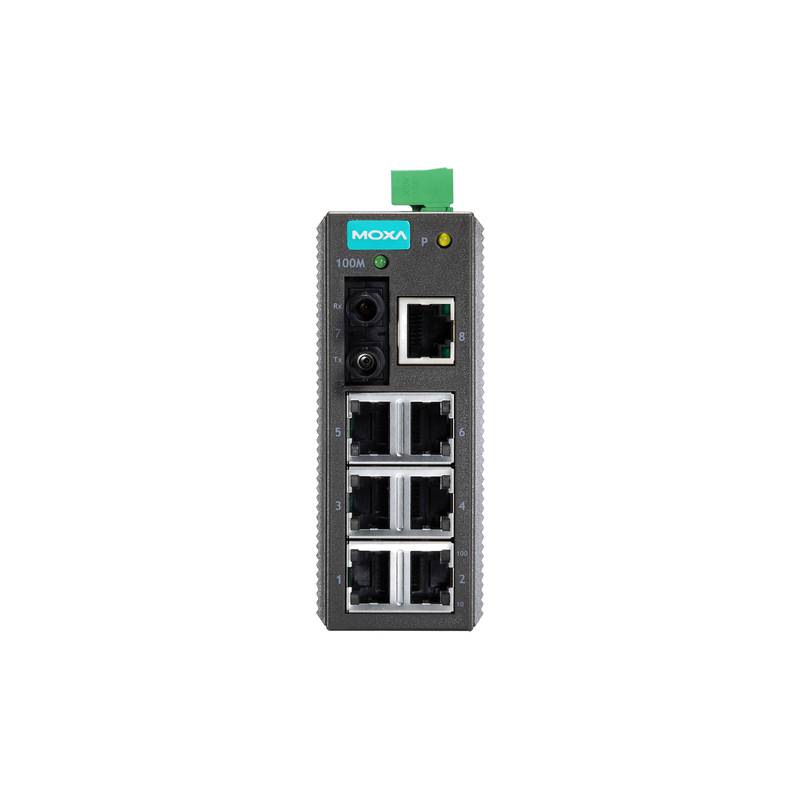
The HARDINGE TC200/66 Automatic High-Speed Precision CNC Lathe stands as a pinnacle of machining efficiency and accuracy, engineered for demanding production environments. This robust machine boasts a high-speed spindle capable of reaching impressive RPMs, facilitating rapid material removal and significantly reducing cycle times. Its exceptional positional accuracy and repeatability ensure consistent part quality, even under heavy loads and continuous operation. Key technical specifications include a maximum turning diameter of 200mm and a maximum turning length of 660mm, making it ideal for producing a wide range of precision components. The advanced CNC control system offers intuitive programming and sophisticated capabilities, empowering operators to achieve complex geometries with ease and precision.
The HARDINGE TC200/66 distinguishes itself through its superior rigidity and advanced thermal management system, which collectively minimize vibration and distortion, thus preserving uncompromising precision during prolonged operations. Its innovative tooling system allows for rapid tool changes, further contributing to its high-speed, high-volume production capabilities. Market positioning highlights the TC200/66 as a premier solution for industries requiring tight tolerances and high throughput, such as aerospace, medical device manufacturing, and automotive component production. Reviews consistently praise its reliability, ease of operation, and the remarkable surface finishes it achieves, solidifying its reputation as a smart investment for forward-thinking manufacturers.
Key application scenarios for the HARDINGE TC200/66 CNC Lathe are diverse, covering the production of intricate shafts, gears, hydraulic components, and specialized fittings where precision and speed are paramount. Its high-speed capabilities are particularly beneficial in mass production of small to medium-sized parts, optimizing throughput for contract manufacturers serving high-demand sectors. Furthermore, its precision accuracy makes it an excellent choice for creating prototypes and low-volume runs of complex parts in the aerospace and medical industries, where material integrity and dimensional exactness are non-negotiable. The machine's versatility allows it to handle a wide array of materials, from challenging alloys to standard steels and plastics, ensuring adaptability to evolving manufacturing needs.
Practical system integration for the HARDINGE TC200/66 typically involves straightforward connection to standard industrial power supplies and pneumatic lines. Commissioning usually entails a detailed calibration process, often guided by experienced Hardinge technicians, to ensure optimal performance from the outset. The advanced FANUC control system, a common integration point, allows for seamless connection to Manufacturing Execution Systems (MES) and other digital factory platforms. Programming can be achieved through G-code or conversational interfaces, and its compatibility with common CAD/CAM software ensures smooth data transfer from design to production, minimizing setup times and potential integration challenges.
Operation of the HARDINGE TC200/66 prioritizes safety and efficiency, featuring comprehensive guarding and emergency stop systems to mitigate operational risks. Routine maintenance, including lubrication and cleaning, is critical for sustained performance and longevity. Common troubleshooting issues often relate to tooling wear or incorrect cutting parameters, which can be readily addressed by consulting the operational manual or seeking expert support. Critical error codes are clearly defined within the control system's diagnostics, enabling rapid identification and resolution of faults, thereby minimizing downtime and maintaining production continuity.
Scalability and long-term value are inherent in the HARDINGE TC200/66's design. Its modular construction facilitates potential upgrades to more advanced control features or automation systems as production demands evolve. Compatibility with a broad range of standard tooling and workholding solutions ensures that manufacturers can leverage existing investments. Furthermore, the machine is designed with future integration into Industry 4.0 environments in mind, supporting data collection and analysis for predictive maintenance and process optimization, thereby enhancing its long-term return on investment and ensuring its relevance in increasingly connected manufacturing landscapes.
FAQs
What is the maximum workpiece size for the HARDINGE TC200/66?
The HARDINGE TC200/66 can accommodate workpieces with a maximum turning diameter of 200mm. Its maximum turning length is 660mm, offering substantial capacity for various component sizes.
This capacity allows for efficient production of a wide range of parts, from small, intricate components to moderately sized shafts and housings. The machine's design balances size capability with high-speed operation for optimal throughput.
Consideration for workpiece material and required machining operations is key when determining optimal size utilization. The lathe is engineered to maintain precision across its specified working envelope, ensuring consistent results.
What type of CNC control system does the HARDINGE TC200/66 use?
The HARDINGE TC200/66 typically features a high-performance CNC control system, often a leading solution like FANUC. This system provides advanced capabilities for complex part programming.
The intuitive interface and robust functionality of the control system enable operators to manage intricate machining tasks with precision and efficiency. It supports features like graphical simulation and advanced canned cycles.
Integration with CAM software is seamless, allowing for direct import of toolpaths and optimized machining strategies. This control system is designed to maximize the machine's high-speed and precision potential.
How does the high-speed spindle benefit production?
A high-speed spindle significantly reduces cycle times by enabling faster material removal rates. This translates directly into increased productivity and lower per-unit costs.
The precision engineering of the spindle ensures smooth operation at high RPMs, which can also lead to improved surface finishes on machined parts. This reduces the need for secondary finishing operations.
This capability is crucial for industries requiring high-volume production, such as automotive and consumer goods manufacturing, where efficiency is a key competitive advantage. The TC200/66 excels in these demanding environments.
What are the primary industries that benefit from the TC200/66?
The aerospace industry benefits greatly from the TC200/66's precision for critical component manufacturing. Tight tolerances and high material integrity are essential in this sector.
The medical device sector utilizes the machine for producing intricate surgical instruments and implants requiring extreme accuracy and biocompatible materials. Cleanliness and repeatability are paramount here.
Automotive manufacturers leverage the TC200/66 for high-volume production of engine parts, transmission components, and precision fasteners, where speed and cost-effectiveness are critical drivers.
What maintenance is required for optimal performance?
Regular lubrication of spindle bearings, ways, and ball screws is crucial for smooth operation. Following the manufacturer's schedule ensures longevity and precision.
Keeping the machine clean, free from chips and coolant residue, prevents premature wear and potential contamination of parts. Daily cleaning is often recommended for high-usage machines.
Periodic checks of electrical connections, coolant levels, and tooling condition are also vital. Proactive maintenance minimizes unexpected downtime and ensures consistent output quality.
How does the TC200/66 handle complex geometries?
The advanced CNC control system on the TC200/66 supports sophisticated G-code programming for complex paths. It can execute intricate contours and multi-axis movements.
Features like high-speed machining (HSM) capabilities allow for smoother, more efficient cutting of complex shapes. This reduces tool stress and improves surface finish.
Integrated conversational programming options simplify the creation of complex features for operators less familiar with pure G-code. This broadens the machine's accessibility for diverse tasks.
What safety features are incorporated into the HARDINGE TC200/66?
Comprehensive machine guarding shields operators from moving parts and flying debris during operation. Interlocks prevent operation with doors open.
Emergency stop buttons are strategically located for immediate shutdown in critical situations. These are easily accessible to the operator at all times.
The control system incorporates safety monitoring functions, such as overload detection, to prevent damage and ensure safe operating parameters are maintained. This enhances overall workplace safety.
Can the HARDINGE TC200/66 be integrated with automation?
Yes, the TC200/66 is designed for integration with various automation solutions. This includes robotic loading/unloading systems for lights-out manufacturing.
The machine's standard interface ports allow for easy connection to automated part feeders and gaging systems. This streamlines workflow and enhances efficiency.
Integration with MES and ERP systems is also possible, enabling seamless data exchange for production planning, tracking, and quality control within a smart factory environment.
What is the typical lead time for installation and commissioning?
Lead times for installation and commissioning can vary based on current demand and site readiness. It is advisable to consult Hardinge for a precise estimate.
Initial installation usually involves physical setup and utility connections, which can often be completed within a few days. Site preparation is key to minimizing this phase.
Commissioning involves detailed calibration and testing by trained technicians to ensure optimal performance. This critical phase may take several days to a week depending on machine complexity and customer requirements.
How does the TC200/66 contribute to long-term manufacturing value?
Its robust construction and high-quality components ensure exceptional durability and a long operational lifespan. This minimizes replacement costs over time.
The machine's ability to adapt to evolving production needs through potential upgrades or integration with new technologies ensures its continued relevance. This future-proofs manufacturing capabilities.
Its efficiency in material removal, precision, and potential for automation contribute to a strong return on investment through increased throughput and reduced operational expenses.






















